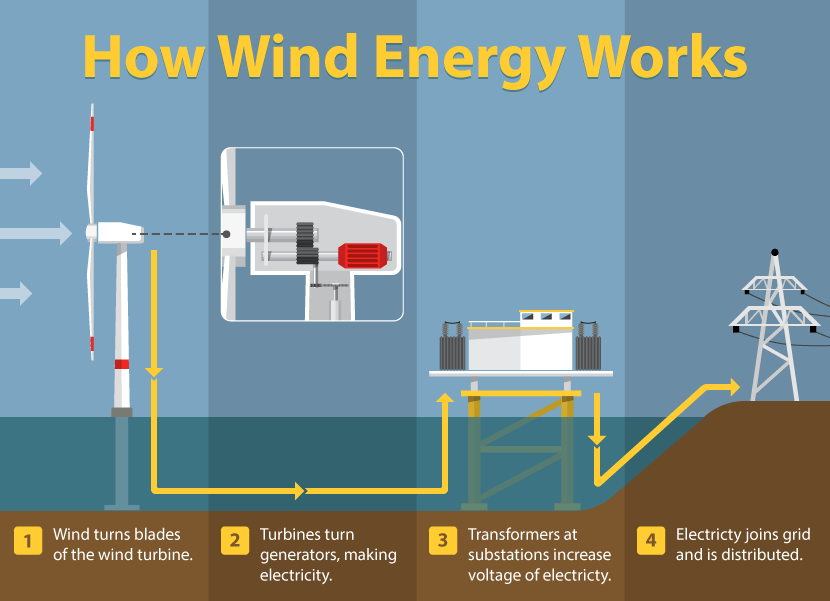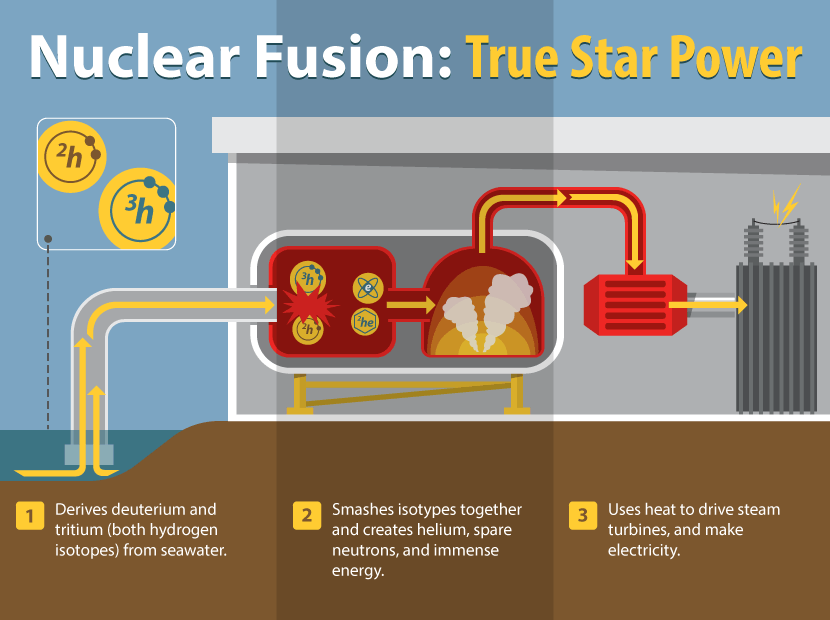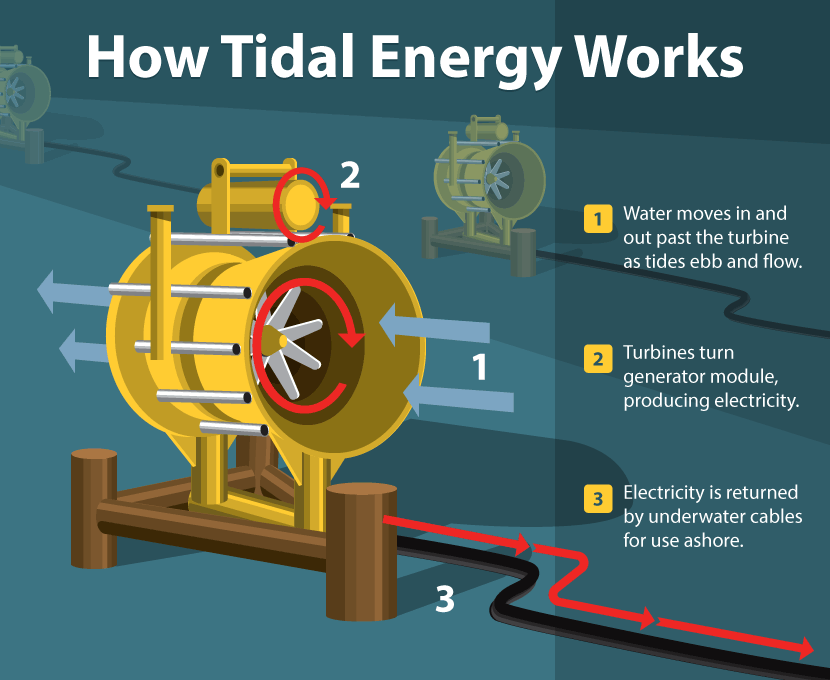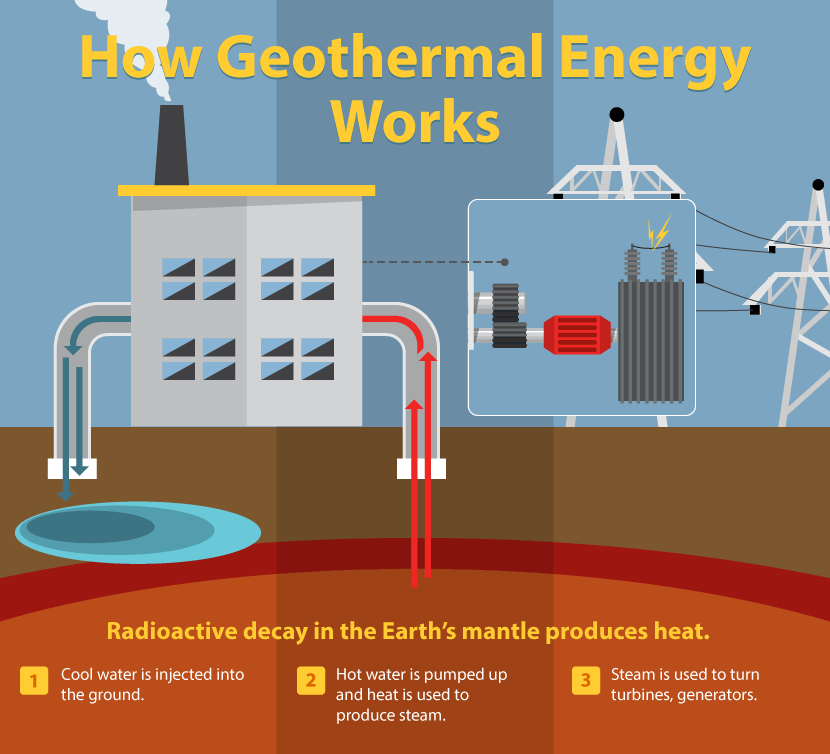Understanding Alternative Energies
We depend on external sources of energy to fill our bellies and heat our homes. However, all energy is not created equal. Some sources of energy are renewable on a meaningful time scale, while others are non-renewable. Unfortunately, coal, natural gas, and oil – the fossil fuels we’ve been using – are running out, which will lead to higher costs of extraction and higher prices for consumers. Even if they weren’t running out, these non-renewable resources are also big polluters and not the energy sources we want to rely on for a healthy planet.
Ideal Energy
In a perfect world, our energy sources would be three things: renewable, stable, and efficient.
Renewable: The resource is always available or replaces itself by the time we need more. We don’t have to worry about running out.
Stable: There’s no limit on how much energy we use and when we use it. The light will always come on when you flick the switch.
Efficient: Energy, effort, and other resources are not wasted at any point in the process. Land is not permanently polluted, and the venture is generally profitable. If it’s not efficient, it’s not sustainable.
Energy sources, such as wind, solar, tidal, nuclear fusion, and geothermal, are getting much closer to meeting these criteria than fossil fuels ever could. Let’s look at these five exciting alternative energies and learn how they can offer us a chance at a sustainable future by providing renewable, stable, efficient sources of energy.
Wind
Wind is generated by heat from the sun and the Earth’s rotation, which cause large-scale wind patterns at different latitudes when combined. Wind is therefore stronger in some parts of the world than in others, but despite daily and weekly variability, wind is generally predictable enough to place wind turbines in productive locations. The most common locations are fields and oceans, i.e., open areas where wind has enough distance to gather uninterrupted speed. The trick is to convert this energy to scale large enough to feed into the grid.
Wind turbines work in the opposite way of electric fans. Your household fan uses electrical energy to spin its blades and create wind. Wind turbines use wind to spin their blades to create electrical energy. Because of the simplicity of the system, wind energy is now commonly used around the world, making large or small contributions to national power grids. Engineers are always working on new designs to increase production and efficiency, and in locations where wind is consistent, turbines are an ideal resource.

Solar
The sun is the main source of heat for our planet and the main reason we have life on Earth. It provides the energy that plants, algae, and some specialized bacteria need to produce the oxygen we breathe. We surely enjoy the heat from the sun on a warm afternoon, but we can harness that power in another ways to produce electrical energy while getting a tan.
Solar energy is captured with multi-layered solar panels. When sunlight hits the panels, electrons from one layer move to the next layer. This flow of electrons is a direct current (DC), a form of electricity that needs to be inverted to an alternating current (AC) before powering your household appliances. Like wind, sunlight can be variable, but engineers are making great strides in customizing panels to locations by studying the levels of UV penetration through clouds and temperature. There are upfront costs to installing roof-top solar panels, but for the homeowner, solar energy is the best option for becoming less dependent on central power and going off the grid.

Nuclear Fusion
First, let’s make a distinction between nuclear fission and nuclear fusion. Although both may cause visions of disaster, nuclear fusion is actually a highly promising, safe, renewable resource.
Nuclear fission involves the decay of a non-renewable radioactive resource (uranium or thorium) in a controlled setting to obtain heat energy that can be converted to create electrical energy. The resource not only needs to be mined but also produces a radioactive waste product. This is not ideal energy.
Nuclear fusion, on the other hand, involves the combination of renewable non-radioactive isotopes (helium and hydrogen) in a heated controlled setting to obtain heat energy that can be converted to create electrical energy. The isotopes can be produced from seawater, which is not at risk of being depleted and produces no waste products. The catch? Nuclear fusion is an unproven technology.
Fusion is technically challenging because it currently requires heat at a very high temperature: 100 million degrees Celsius. This in itself requires energy, making the whole endeavor difficult to maintain and unlikely to be net-positive in terms of energy production. This is where cold fusion comes in. If we can devise a way to produce the reaction at a low temperature, we have an endless source of energy.

Tidal
The tides are another planet-wide energy source produced by the attractions between Earth, the moon, and the sun. Tides change throughout the year, but they are extremely predictable, making them a stable form of potential energy if the tides are strong enough and the bottom is stable.
Energy is already produced from tides using systems called barrages, which work similar to dams by holding water from incoming tides and releasing it to produce energy. However, much like dams, this can create significant changes to the ecosystem above and below the barrage. New systems are more like underwater wind turbines that use the movement of water through turbines to create usable energy.

Geothermal
Not all the heat on Earth comes from the sun. The radioactive decay of materials below the Earth’s crust generates a lot of heat, which is eventually released at the Earth’s surface. Sometimes, the release is violent, e.g., in volcanic eruptions and geysers. However, in many places, the heat arrives at the surface in the form of heated water or steam. This steam can be captured to turn turbines, with the residual warm water recirculated back into the crust to be reheated. Some spots are hotter than others, and the system varies by location depending on the height and hotness of the heat. Even small amounts of heat may be useful for heating on a smaller scale.

People Power
The most underrated alternative energy out there is our own. While we may not be able to light up a room or cook an egg, we can bike, carry, lift, move, push, pull, and crouch. As non-renewable resources dwindle, we need to reduce our dependence on them. The very best weapon we have is our ability to think. Buy clothes that trap your body heat to save on your heating bills in the winter. Open and close the blinds at the right time of day to save energy. Use a heat pump to store the heat from the midday sun for use when it gets cold at night. Most importantly, take advantage of the alternative energies that are available in your area and support the companies that make them possible. Look at the solar panels and windmills that dot our landscapes not as eyesores but as a symbol of people taking charge of their carbon footprints, and the technologies at their disposal.
Embed the article on your site

